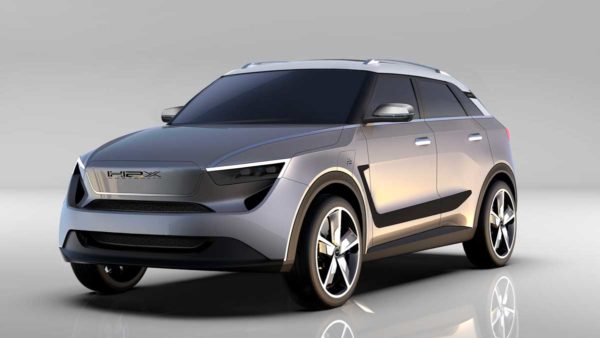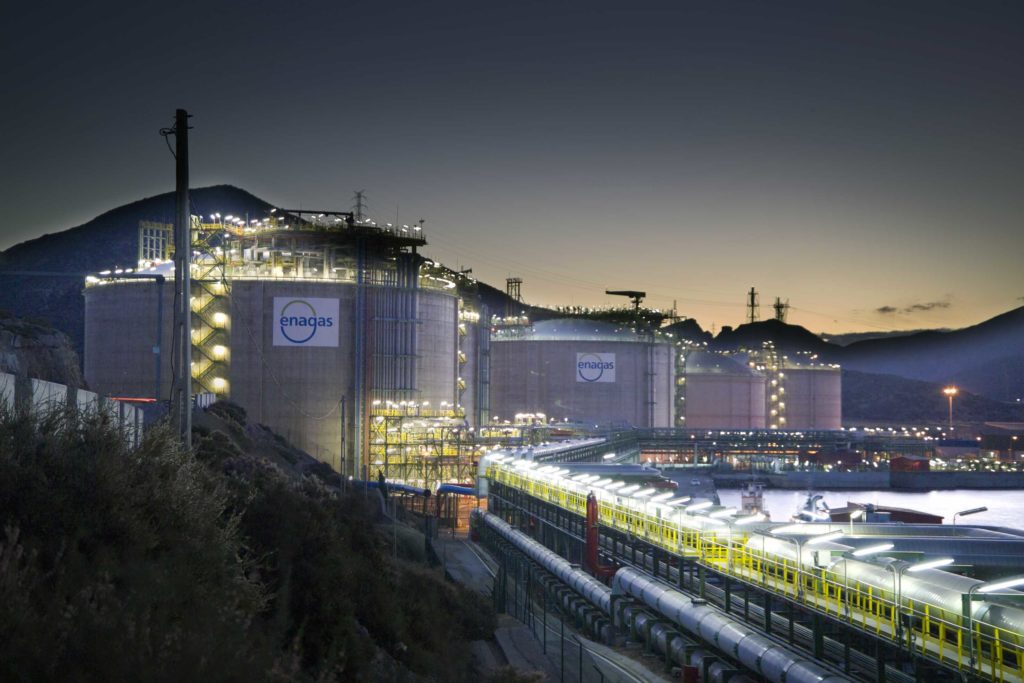As the Smart Energy Council prepares to rollout the first pilot of its green hydrogen certification scheme, CEO John Grimes and consultant Scott Hamilton revealed what’s at stake and why the plan could change the game for Australia’s export future.
With the federal government characteristically thumb twiddling, Australia’s Smart Energy Council (SEC) are forging ahead with its Zero Carbon Certification Scheme to provide both domestic and international customers a Guarantee of Origin for hydrogen, ammonia and other derivative products.
Getting the scheme rolled out is a matter of urgency, Scott Hamilton, who sits on the Strategic Advisory Panel for the Australian-German Energy Transition Hub and is working with SEC to develop the scheme, told pv magazine Australia. The wave of green hydrogen is (finally) cresting – “either Australia is going to pull off the back, and other countries are going to pick up and run with it, or we’re going to ride this wave,” he said.
After announcing its plans for the scheme in December, SEC promptly signed an agreement with German peak body, dena, solidifying its vision of developing a scheme that not only delivers the goods for Australian industries but preemptively caters to its soon-to-be international green hydrogen customers. Germany, it seems, is just the first in the SEC line up. “There are active negotiations with a number of parties around the world right now,” CEO, John Grimes, told pv magazine Australia.
The first pilot of the scheme will up and running in first half of this year, if not sooner, Hamilton and Grimes say. Likely to follow in the footsteps of the CertifHy scheme already operating in the EU, Hamiltion says the pilot will put “flesh on the bones” of the Australian scheme. “There is an element in here of learning by doing,” Grimes added.
As for what the scheme will mean for Australia, the Council has great expectations. “Over the decades to come as we go to net zero by 2050, we will transition our economy from being a major exporter of coal and natural gas (LNG), to being an exporter of hydrogen,” Hamilton said.
The Council also had ideas about how to deliver even more bang for our buck here in Australia – including moving into production of certifiably green steel. “We’ve got the raw materials, we can capture the value by doing the value adding,” Grimes said.
“Really, the opportunity is ours and it’s as big as we want it to be,” Hamilton said. “The harder we go, the better we are. The only thing holding us back is a lack of ambition at a federal level.”
But the battle to make that future a reality lays not only in building an internationally workable foundation, but also vanquishing Australia’s incumbent fossil fuel industries from the hydrogen space.
“Being candid, I do think the fossil fuel industry sees a lifeline in hydrogen and do see an opportunity to extend the use of fossil fuels, particularly natural gas, in the production of hydrogen,” Grimes said.
“We want to call out the greenwashing that may occur if we’re not judicious about this [scheme].”

Image: H2X
Green Hydrogen only
As part of a COAG agreement, the Australian federal and state governments have been working on a hydrogen certification scheme for the last two years. Mid-2020, it held a consultation with stakeholders in which it quickly became apparent to Hamilton that it wouldn’t be able to deliver any scheme quick enough.
Part of the issue is that, unlike SEC, Australian government is not looking to only certify zero emission hydrogen, but also blue and brown hydrogen – which are both derived from fossil fuels.
“We think the federal government is backing the wrong horse when it’s looking at fossil fuel hydrogen,” Hamilton said. Grimes agrees – saying that the Council’s discussions with other countries demonstrates the hydrogen market is really looking for green only.
Since earmarking zero emissions hydrogen its only target, Hamilton said the Council has been “blown away” with how many people and groups have sort to partner with them. “That’s both domestic companies… as well as international partners in various areas across the world – of course, Germany is key – but also Japan, USA, South Korea, Singapore and other parts of the EU.”
The Council’s partnership with the Germany Energy Agency is, so far, the most developed bilateral agreement. Germany, a world leader in renewables, is considerably further along the transition path than Australia. Also, with a seismic auto and transportation industry, as well as a green hydrogen train, Germany is in the market for hundreds of terawatt hours of green hydrogen and has a cool €9 billion (AU$14 billion) to throw around. “In terms of where they get it from, one of the potentials is places like us, Australia,” Hamilton says.
Hamilton also flagged the potential symbiosis of the German–Australian relationship, with German companies like Siemens potentially importing its technologies to Australia, accelerating our transition not only with their dollars but also its know-how.
The partnership is indicative of SEC’s approach more generally. That is, the Council is identifying which countries will be key partners going forward and developing a mutually beneficial version of its scheme with their input. “What we want to do is work with them so the certification scheme we build is going to meet their needs, as well as our needs.”
Ammonia the ‘first mover’ as transport dilemma comes into focus
Despite the rhetoric focussing heavily on hydrogen, Hamilton actually expects ammonia to be “one of the first movers” in terms of export opportunities. That is for the simple reason that ammonia is easier to move than hydrogen.
Which brings us to a point the Council quickly learned might prove sticky: transport. Initially, the Council were discussing a ‘well to gate’ strategy. That is, where it would certify everything from where the fuel or metal is made up until it leaves the port.
“But one of the questions that has come up really quickly from the markets that want [green hydrogen] is ‘what about the emissions that might be associated with the transport?’” Hamilton said.
How to certifying the fuel all the way to the customer, journey included, is now a question the Council’s horizon. “No final decision has been made about the size and scope of things, it will be dictated by what the market wants.”
This content is protected by copyright and may not be reused. If you want to cooperate with us and would like to reuse some of our content, please contact: editors@pv-magazine.com.









Why does no one mention green aluminum – surely this would be easier than green steel.